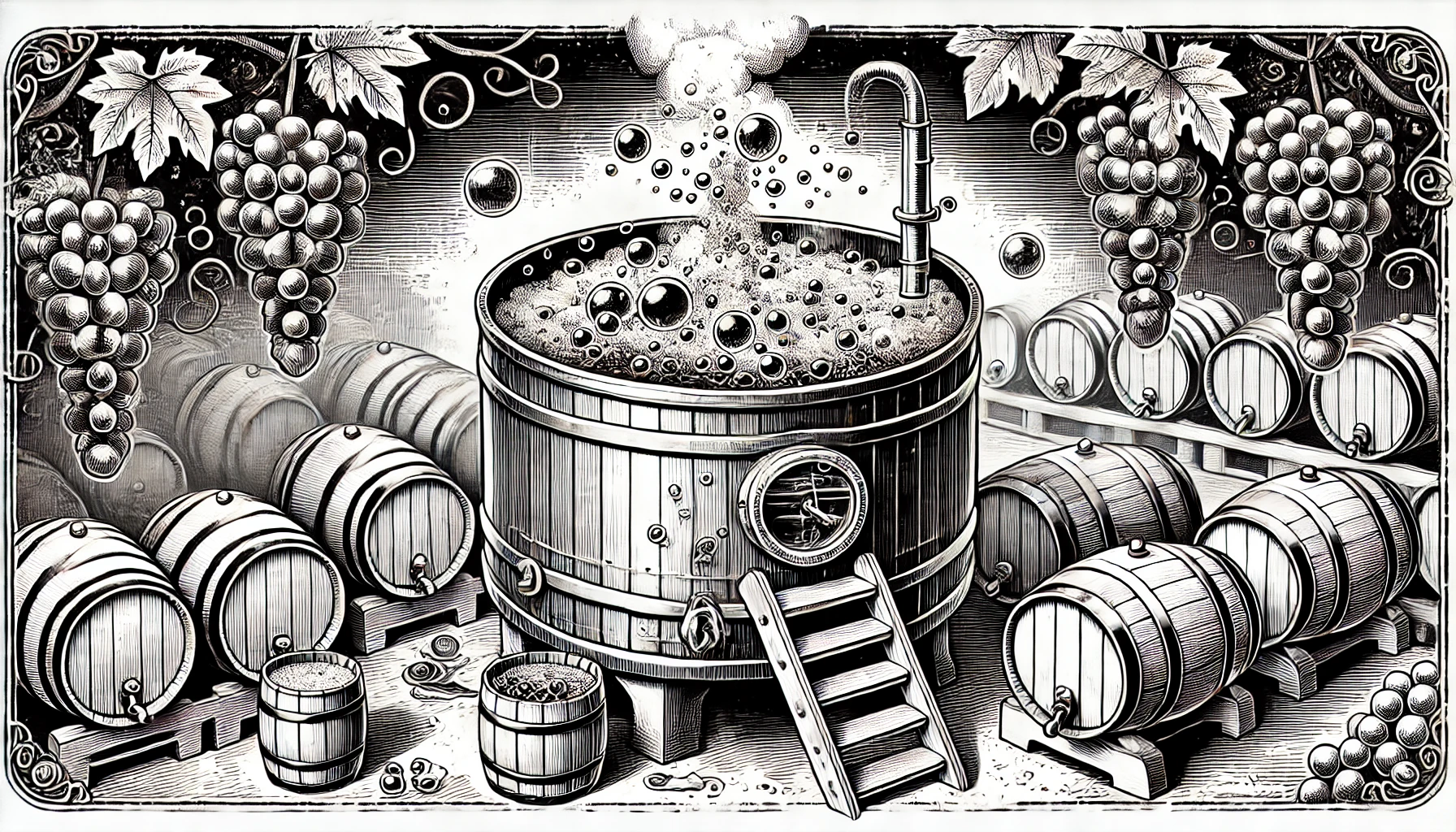
Fermentation is the core process that transforms grape juice into wine. It occurs when yeast interacts with the sugars in grapes, converting them into alcohol, carbon dioxide, and heat. The process is fundamental to winemaking, and its management can drastically impact the flavor, aroma, and texture of the final product.
Winemakers carefully select yeast strains to guide the process, as different yeasts can produce a variety of flavor profiles. Natural or “wild” fermentation involves using the natural yeasts present on the grape skins and in the winery environment, while controlled fermentation allows winemakers to introduce specific commercial yeasts. Each approach has its pros and cons. Wild fermentation can bring unique complexity to the wine but may also be unpredictable. Controlled fermentation offers more consistency and predictability.
Temperature plays a critical role. White wines typically ferment at cooler temperatures (50–60°F or 10–16°C) to preserve their delicate fruity and floral aromas. Red wines ferment at warmer temperatures (70–85°F or 21–29°C) to extract more color and tannin from the grape skins. Winemakers also monitor the speed of fermentation to ensure it doesn’t happen too quickly or too slowly, as this could affect the final balance of the wine.
Fermentation can last anywhere from a few days to several weeks, depending on the wine style. After fermentation, winemakers may choose to age the wine or bottle it immediately, depending on their desired outcome. This stage of winemaking is essential for developing the wine’s character, determining whether it will have fruity, floral, or earthy qualities.
Curious about more wine terms and insights? Visit our Wine Wiki section and explore the basic wine terms for expert definitions and tips!